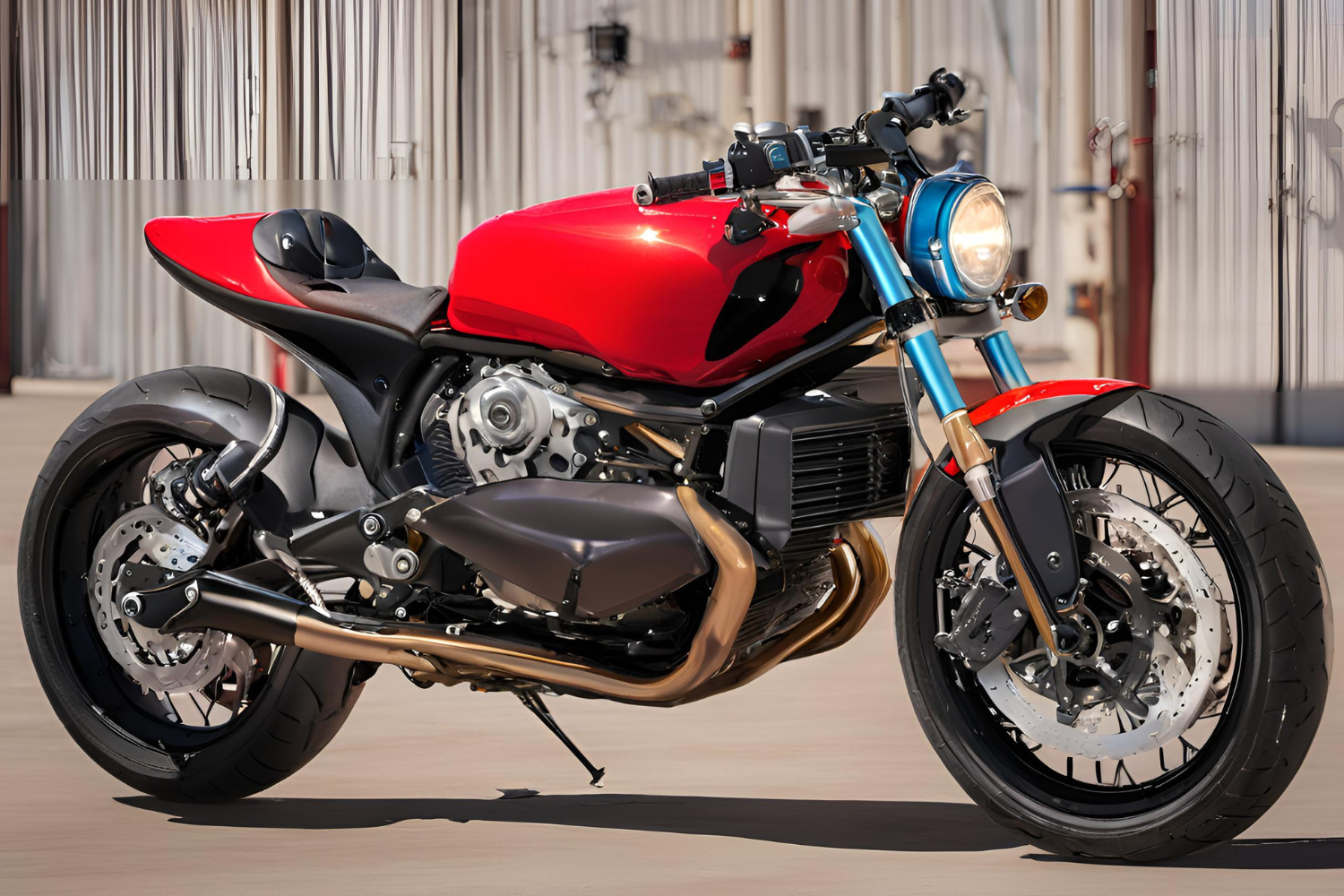
The Science of the Perfect Ride: How Physics Powers Your Motorcycle
Have you ever leaned into a sharp corner and felt like you were defying gravity? Or wondered how your tires grip the road even in the rain? The magic behind these moments isn’t magic at all—it’s physics. Let’s break down how science keeps us riding smoothly, safely, and fast on our beloved two-wheelers.
Gyroscopic Stability
When you ride, your motorcycle wheels spin rapidly, acting as gyroscopes. This spinning creates stability, helping you stay upright. The faster you go, the more stable your ride feels. It’s why low-speed maneuvers require more effort to balance than cruising on the highway. Riders use counter-steering—pushing the handlebars in the opposite direction of the turn—to initiate a lean and guide the bike through a curve.
The Lean and the Centrifugal Force
Speaking of leaning, have you noticed how it feels almost instinctual to tilt into a turn? That’s centrifugal force at work. As you ride into a curve, the bike wants to continue straight due to inertia. Leaning counteracts this force, ensuring you stay on the intended path. Perfecting your lean angle is a combination of skill, speed, and an understanding of your motorcycle’s capabilities.
Your Invisible Hero
Tires are the unsung heroes of every ride. Their grip on the road depends on friction, tire pressure, and the surface you’re riding on. Modern tire technology, including compounds that provide better grip in various conditions, allows for confident rides on wet or uneven terrain. Ever heard of a tire’s "contact patch"? It’s the small area of the tire touching the ground—and it’s where all the magic happens.
Cutting Through the Wind
Motorcycle design heavily focuses on aerodynamics, especially for sportbikes. The shape of your bike, the position of your body, and even the size of your windscreen all help reduce drag. Reduced drag improves speed, fuel efficiency, and overall handling. That’s why you tuck in during high-speed rides—it minimizes resistance, letting you slice through the wind like a blade.
Know Your Limits
Braking is another area where physics shines. Front brakes provide the majority of stopping power, thanks to weight transfer when decelerating. Anti-lock braking systems (ABS) prevent wheels from locking up, allowing you to maintain control. Understanding your bike’s momentum and braking capabilities ensures you stay safe, even in emergencies.
Physics isn’t just a classroom subject; it’s a real-world force that every rider experiences on every ride. So, next time you’re carving through a twisty road, take a moment to appreciate the science that makes it possible—and then get back to enjoying the thrill of the ride.


